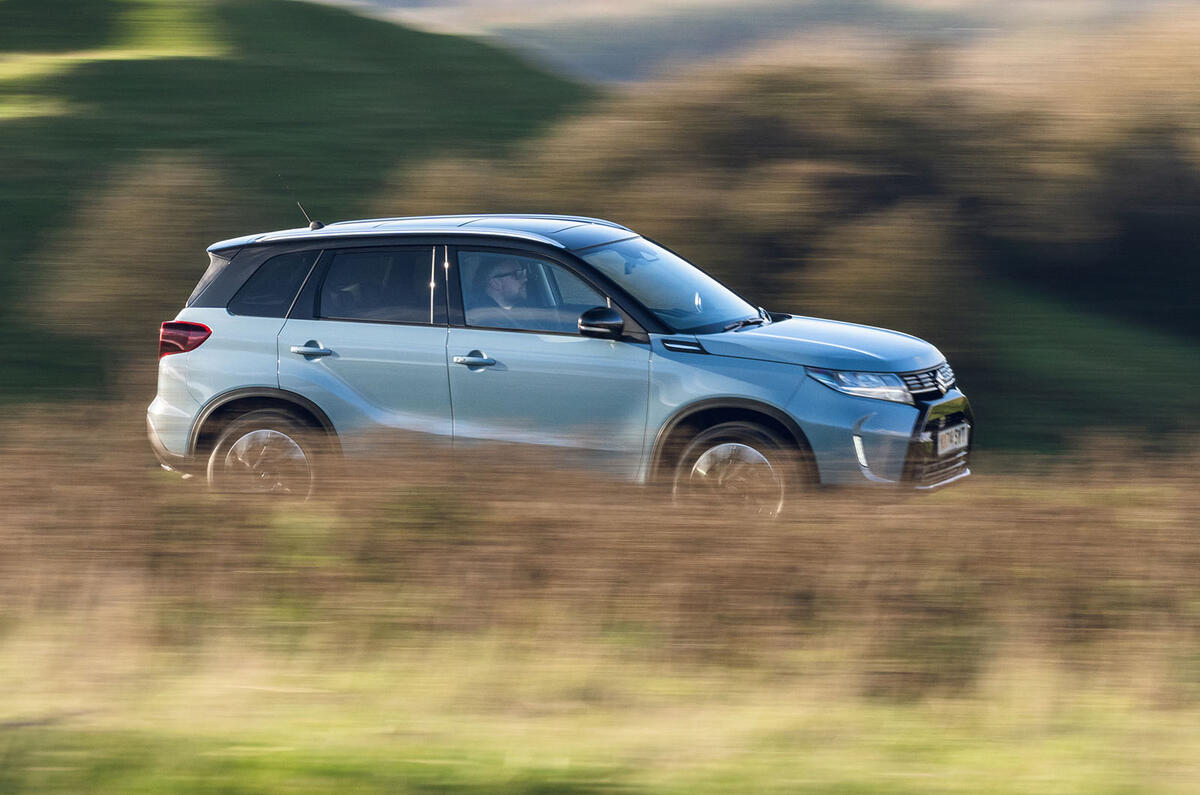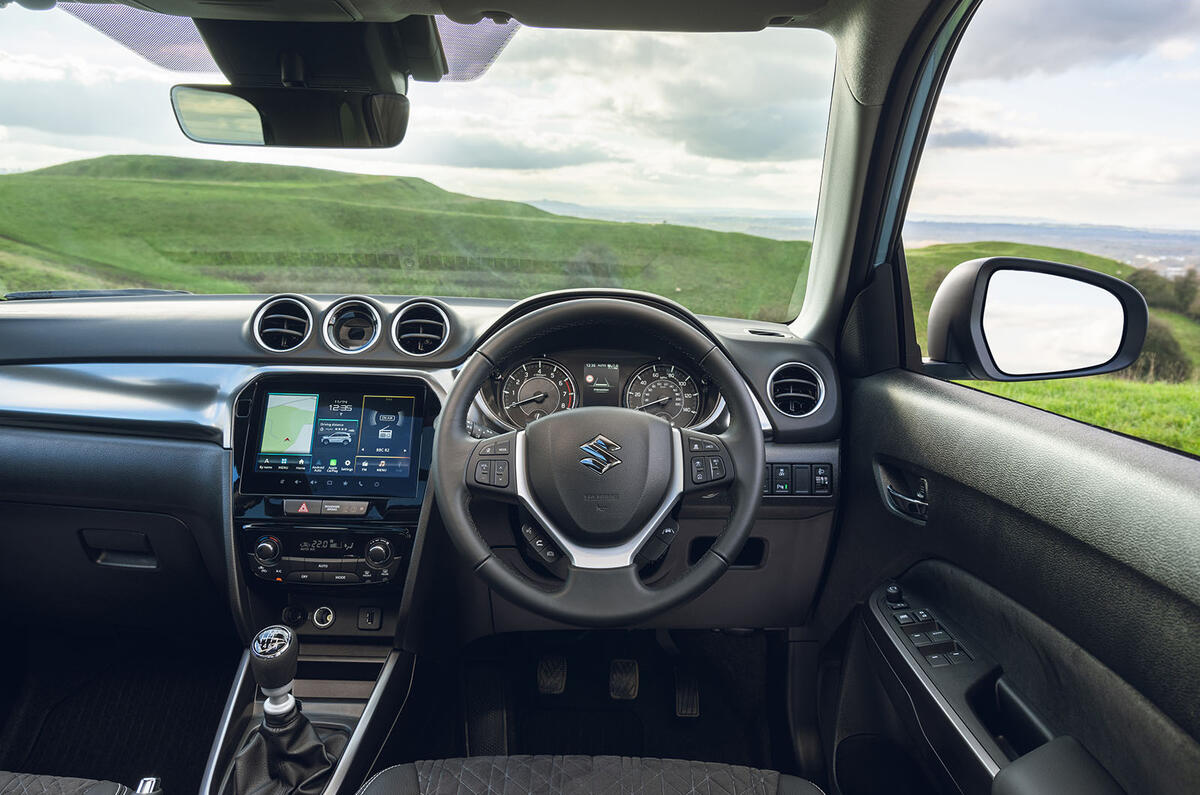Car manufacturers frequently bemoan how complicated and difficult a market the UK is; but, in respect of its liking for four-wheel drive, it's perhaps understandably tricky. Brands with a bit of proper 4x4 equity, like Suzuki, can still be relied upon to offer it, however. In the case of the Suzuki Vitara you can actually get ‘Allgrip’ all-wheel drive versions of both engine derivatives.
We have the sort of weather which, eight months a year, would make a small car with four driven wheels seem entirely over-engineered; but, during the other four, the same car might seem perfectly suited to its environment, even if it seldom left an urban setting.
That may be why, when it comes to the very smallest, supermini-based SUVs, four-wheel drive is only about a 50/50 shot to be even available, with as many manufacturers reckoning buyers prefer a lighter, simpler and more efficient front-wheel drive car to an all-wheel drive one whose marginal capabilities may seldom be needed.
The Vitara is from a maker with almost half a century of experience in making small 4x4s; and yet it was only with this car, launched as it was in 2015, that Suzuki really got around to taking a proper swing at the likes of the Skoda Kamiq, Dacia Duster, Ford Puma and Vauxhall Mokka.
The car is related by platform to the Suzuki S-Cross crossover launched in 2013. The sister cars are quite cleverly differentiated, though. Whereas the S-Cross's ruggedness is like that of a pair of Gore-Tex running shoes, the Vitara’s is more of a hiking boot. Upright, square-cornered and with plenty of air inside its wheelarches, the Vitara goes after the more high-rised, genuinely dual-purpose offerings among the new breed of supermini-based SUVs.







































